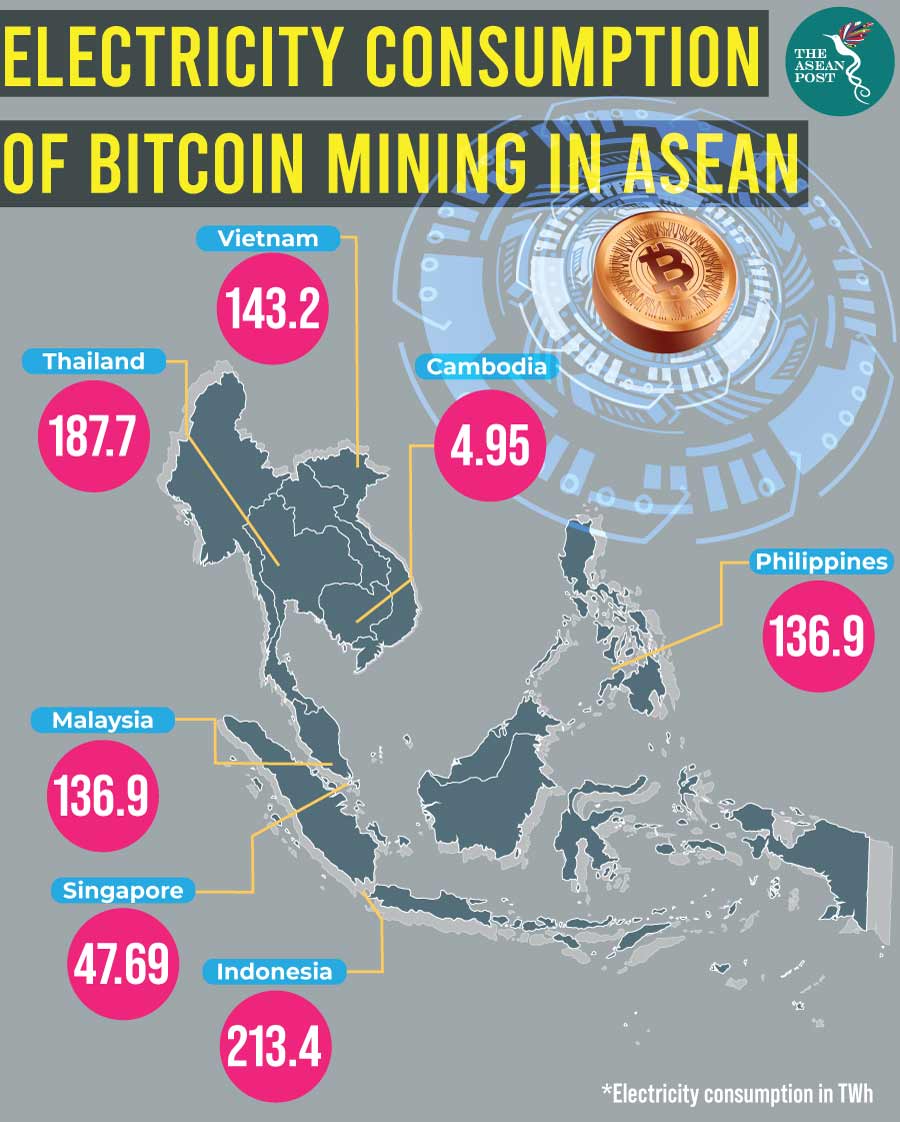Cryptocurrency is a decentralised virtual currency that is deemed to be more efficient than traditional currencies because it is regulated by a community of users. The top 100 cryptocurrencies have a current market value of about US$200 billion according to CoinMarketCap, a site that provides up-to-the-minute updates for digital market data. Bitcoin would account for more than half of that amount.
Bitcoin mining, the backbone of the network, refers to the production of bitcoin or digital coin through solving complex algorithms with specialised computers. “Miners” process and confirm bitcoin transactions to be entered into the digital currency’s shared public ledger, known as a blockchain. Miners also provide security to the network. New coins are awarded to miners who complete the calculations first along with transaction fees for their services.
Specialised industry
When the price of bitcoin hit US$17,000 per coin in December 2017, the bitcoin mining industry became ever more competitive. In 2019, the value of bitcoin has again surged above US$11,000 after Facebook unveiled its global cryptocurrency, Libra, scheduled for launch next year.
Currently, China is home to the world’s biggest cryptocurrency mining ‘farms’, but after the government there announced a proposed mining ban in April 2019, miners have been relocating to Southeast Asian countries like Vietnam, Myanmar and Cambodia. Bitcoin mining has already picked up in the region, with Cambodia increasingly becoming a hub for cryptocurrency trading and mining perhaps due to its cheaper rent and electricity rates and loose regulations. Cambodia launched its first digital currency exchange called LockCoin last year.
Mining is a highly specialised industry. Usually called server farms, mining digital coins require large warehouses with large numbers of linked computer units. It takes an entire server farm to mine cryptocurrency as well as massive amounts of energy to generate one coin or digital fund.
Computing power is necessary for generating new Bitcoins and carries with it an environmental cost that is rarely taken into account.
“We now have an entirely new industry that is consuming more energy per year than many countries,” said Max Krause, a researcher at the Oak Ridge Institute for Science and Education and lead author who co-wrote a study titled Quantification of energy and carbon costs for mining cryptocurrencies, which was published in the Nature Sustainability journal last year.

The tool – Cambridge Bitcoin Electricity Consumption Index (CBECI) – estimates how much energy is needed to maintain the Bitcoin network in real-time. The CBECI found that Bitcoin mining consumes more energy than the entire nation of Singapore. Based on data from the CBECI, the global Bitcoin network is consuming more than seven gigawatts (GW) of electricity, which equals to 64 terawatts per hour (TWh), and accounts for roughly 0.25 percent of the world’s electricity consumption.
“We wanted to spread awareness about the potential environmental costs for mining cryptocurrencies,” Krause said. “Just because you are creating a digital product, that doesn’t mean it does not consume a large amount of energy to make it.”
More carbon emissions
There are an unknown number of server farms around the world and the high energy consumption of Bitcoin mining comes with a significant carbon footprint. According to a recent Joule journal published in June 2019, the annual emission of carbon dioxide (CO2) from digital coin mining is estimated to be between 22 and 22.9 megatons.
“We do not question the efficiency gains that blockchain technology could, in certain cases, provide. However, the current debate is focused on anticipated benefits, and more attention needs to be given to costs,” warns Christian Stoll, a researcher at the University of Munich and MIT.
Stoll adds that the biggest problem is the fact that most mining facilities are located in China, which relies heavily on coal-based power, either directly or for load balancing.
Fuelling mining farms with renewable energy sources will lessen the dependency on fossil fuels thus reducing the industry’s carbon footprint. Another method to reduce carbon emission is the development of more energy-efficient algorithms, like ‘proof-of-work’ or ‘proof-of-stake’. In proof-of-stake, coin owners create blocks rather than miners, eliminating both miners and their power-hungry machines in the process.
Bitcoin and the rest of the digital currency space will inevitably grow. It is however important for developers, miners and users to recognise the environmental implications of the technology. Bitcoin needs to become more sustainable either with energy-efficient usage or energy-efficient alternatives.
Related articles:
